Christian Amor Kvalheim - The Little Mongo DB Schema Design Book
Here you can read online Christian Amor Kvalheim - The Little Mongo DB Schema Design Book full text of the book (entire story) in english for free. Download pdf and epub, get meaning, cover and reviews about this ebook. year: 2015, publisher: CreateSpace Independent Publishing Platform, genre: Computer. Description of the work, (preface) as well as reviews are available. Best literature library LitArk.com created for fans of good reading and offers a wide selection of genres:
Romance novel
Science fiction
Adventure
Detective
Science
History
Home and family
Prose
Art
Politics
Computer
Non-fiction
Religion
Business
Children
Humor
Choose a favorite category and find really read worthwhile books. Enjoy immersion in the world of imagination, feel the emotions of the characters or learn something new for yourself, make an fascinating discovery.
- Book:The Little Mongo DB Schema Design Book
- Author:
- Publisher:CreateSpace Independent Publishing Platform
- Genre:
- Year:2015
- Rating:4 / 5
- Favourites:Add to favourites
- Your mark:
The Little Mongo DB Schema Design Book: summary, description and annotation
We offer to read an annotation, description, summary or preface (depends on what the author of the book "The Little Mongo DB Schema Design Book" wrote himself). If you haven't found the necessary information about the book — write in the comments, we will try to find it.
The Little MongoDB Schema Design Book, covers the fundamentals off Schema design with MongoDB, as well as several useful Schema design patters for your applications.
I wrote this book to be a helpful and concise guide to MongoDB Schema design, as well as a repository to look up specific MongoDB Schema patterns. This book came around, due to my experiences teaching people about using MongoDB for application development. It tries to cover essential information that you can apply to your own applications.
We cover a lot of different aspects of Schema Design in this book. These include.
- Schema Basics including one to one, one to many and many to many relationships
- Embedding versus linking
- Bucketing Strategy
- Understanding the MongoDB MMAP and WiredTiger storage engine
- MongoDB Indexes
- The Metadata Schema Pattern
- Time Series Schema Pattern
- Queues Schema Pattern
- Nested Categories Schema Pattern
- Account Transactions Schema Pattern
- Shopping Cart Schema Pattern with and without product reservation
- A Theater Ticket Reservation Schema Pattern
- An Embedded Array Cache Schema Pattern
- An Internationalization Schema Pattern
- Sharding
The book aims to provide developers with a deep but concise understanding of how to efficiently work with MongoDB.
Christian Amor Kvalheim: author's other books
Who wrote The Little Mongo DB Schema Design Book? Find out the surname, the name of the author of the book and a list of all author's works by series.

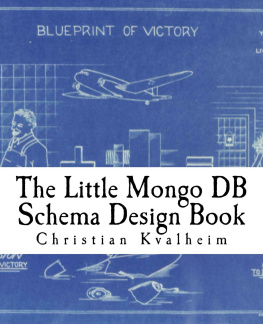
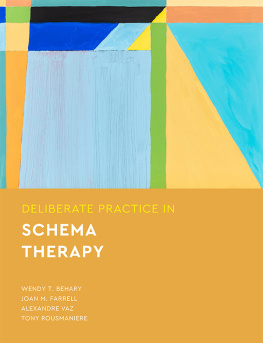


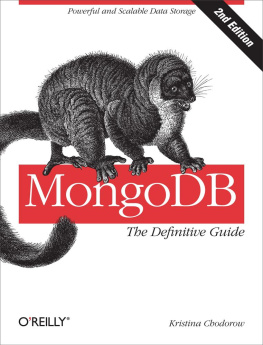

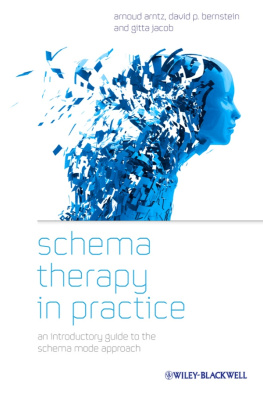
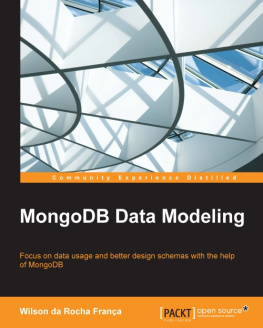

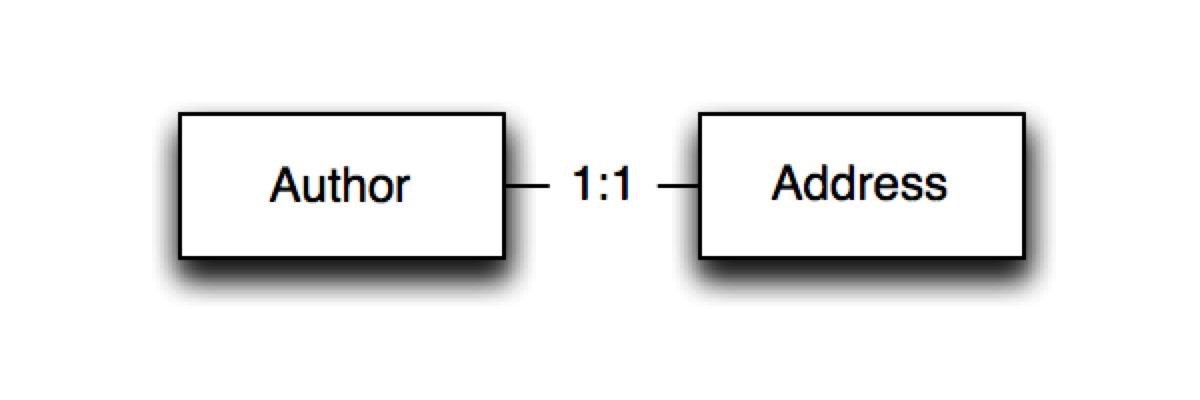 A One to One Relational Example
A One to One Relational Example  A One to Many Relational Example
A One to Many Relational Example